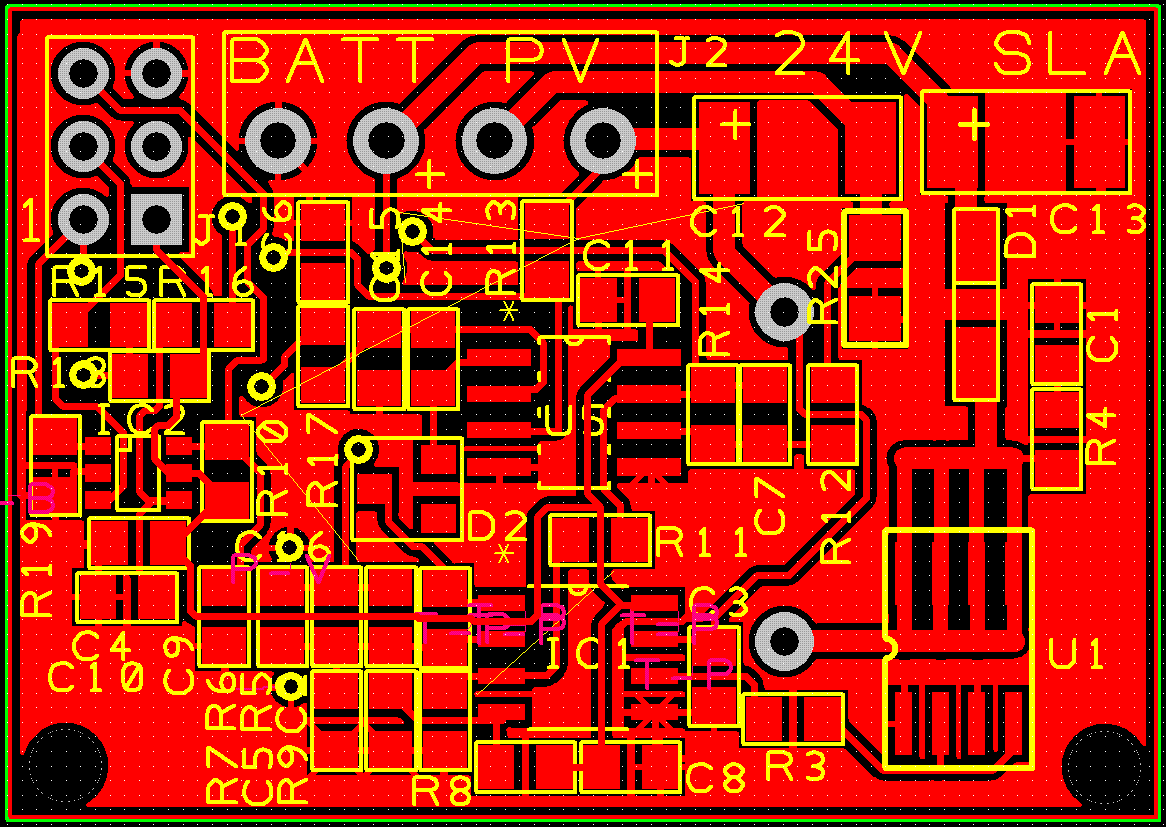Pseudoabdul
100 µW
- Joined
- Jan 24, 2015
- Messages
- 8
Hi everyone,
For a long time I've been contemplating building an E-bike with a solar trailer that charges the battery as you ride for high speed touring. I've read most of the information here and around the web but I still have a few more questions. There is a big race in europe each year based on this concept, but the website is light on technical details. I'm pretty electrically savvy but I still have a few questions.
My biggest issue is deciding on what kind of panel to buy. I definitely need a flexible style one to save on weight, the drawback here is that most of them are rated at 12V (i assume thats closed circuit). To charge my 36V lipo in need about 42V. For my prototyping I want about 100W. One option would be to get four 20W panels in series and then drop it down to the right voltage, but that is expensive and not space efficient. I"m looking at getting a 100W panel at 12V and stepping up the volatge. I'll probably use a boost converter but a transformer system is also on the cards. One thing that concerns me is the relatively large power going through these circuits.
If anyone has a good type of panel for testing and prototyping or any thoughts on this it would be much appreciated.
For a long time I've been contemplating building an E-bike with a solar trailer that charges the battery as you ride for high speed touring. I've read most of the information here and around the web but I still have a few more questions. There is a big race in europe each year based on this concept, but the website is light on technical details. I'm pretty electrically savvy but I still have a few questions.
My biggest issue is deciding on what kind of panel to buy. I definitely need a flexible style one to save on weight, the drawback here is that most of them are rated at 12V (i assume thats closed circuit). To charge my 36V lipo in need about 42V. For my prototyping I want about 100W. One option would be to get four 20W panels in series and then drop it down to the right voltage, but that is expensive and not space efficient. I"m looking at getting a 100W panel at 12V and stepping up the volatge. I'll probably use a boost converter but a transformer system is also on the cards. One thing that concerns me is the relatively large power going through these circuits.
If anyone has a good type of panel for testing and prototyping or any thoughts on this it would be much appreciated.




